Las Parrandas de Remedios: Bright Lights Shine in Cuba’s Oldest Festival
In the days before Christmas, Cuba erupts in a celebration of lights
If you think things get wild at your house during the holiday season, think again: Cuba's oldest festival puts your family's three-day Monopoly tournament to shame. Each year, towns across Cuba erupt in colorful celebration for days before Christmas. And with news of easing tensions with the United States, the country's famous celebrations might be worth a new look, as the American tourism industry cautiously eyes destinations in the Caribbean republic.
Known as Las Parrandas, the carnival-like festival originated in Remedios, one of the country's oldest cities. In 1820, as the story goes, a young priest noticed diminished attendance at mass from December 16 until Christmas. Hoping to attract parishioners, he instructed children to go out into the streets with cans, horns, bugles, rattles or any kind of noisemaker, hoping that the raucous noise would attract churchgoers. As the tradition evolved, organized bands began playing music in the streets, competing with each other for the honor of best performance. The idea then spread beyond Remedios and throughout the country.
Along with music, Remedios—still home to the country's largest and most popular Parrandas—fills with light during the festival. Lamps, which were an original part of the celebration, join more modern additions such as fireworks and electric light displays. Each neighborhood in Remedios competes with the others to see who can create the most festive, opulent light show. Since the late 1870s, the competition has focused on a fierce but friendly rivalry between two neighborhoods: San Salvador, represented by a rooster, and El Carmen, represented by a hawk.
Like a street party or local parade, part of the appeal of Parrandas has been its reflection of organic town culture: each festival is said to represent the identity of a particular town. In the past, the celebrations were often organized and run by townspeople, even when wealthy funders or town councils provided economic and logistical support. After the Cuban Revolution in the 1950s, municipal agencies began to take on more responsibility for planning Parrandas, taking away a bit of the local uniqueness the festivals had come to embody. But that hasn't dampened the wild exuberance of festival-goers, or the impressive displays they put on each year.
Parrandas peaks at Christmas Eve, when the street parties reach fever pitch with fireworks, ornate lighted floats, dancing and parades. Throughout the years, the festivities of Parrandas have spread through Cuba, but to experience the true energy of the festival, Remedios remains the go-to location. Can't make it to Remedios for the festivities? The city operates a museum dedicated to Parrandas year-round.
/https://tf-cmsv2-smithsonianmag-media.s3.amazonaws.com/accounts/headshot/natasha-geiling-240.jpg)
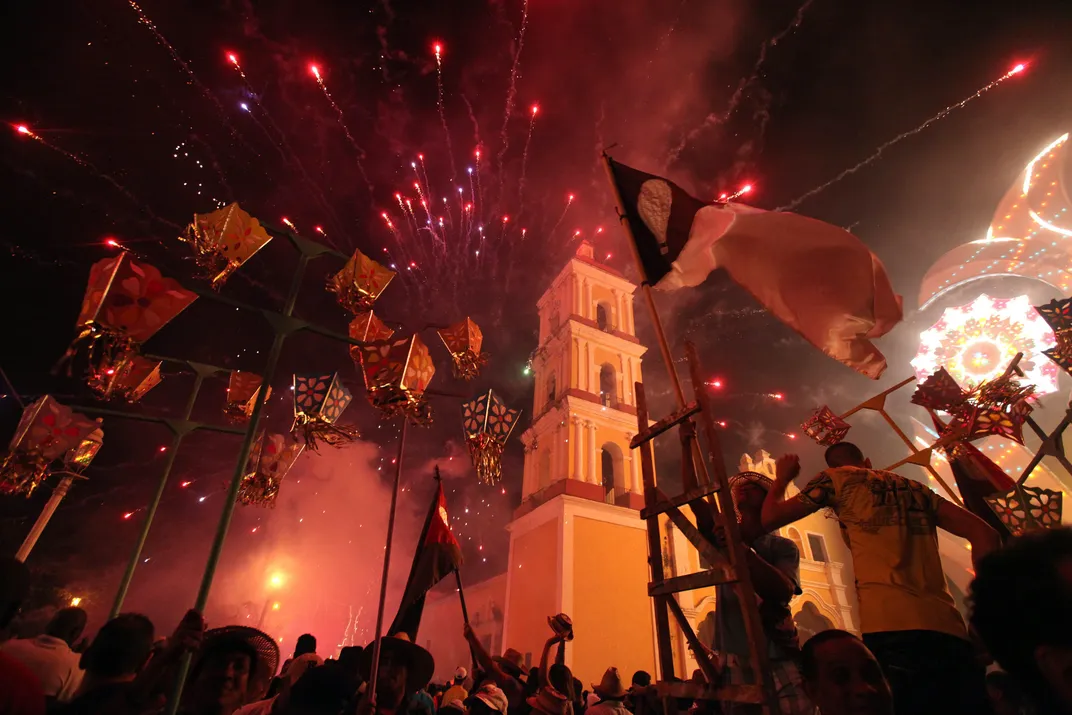
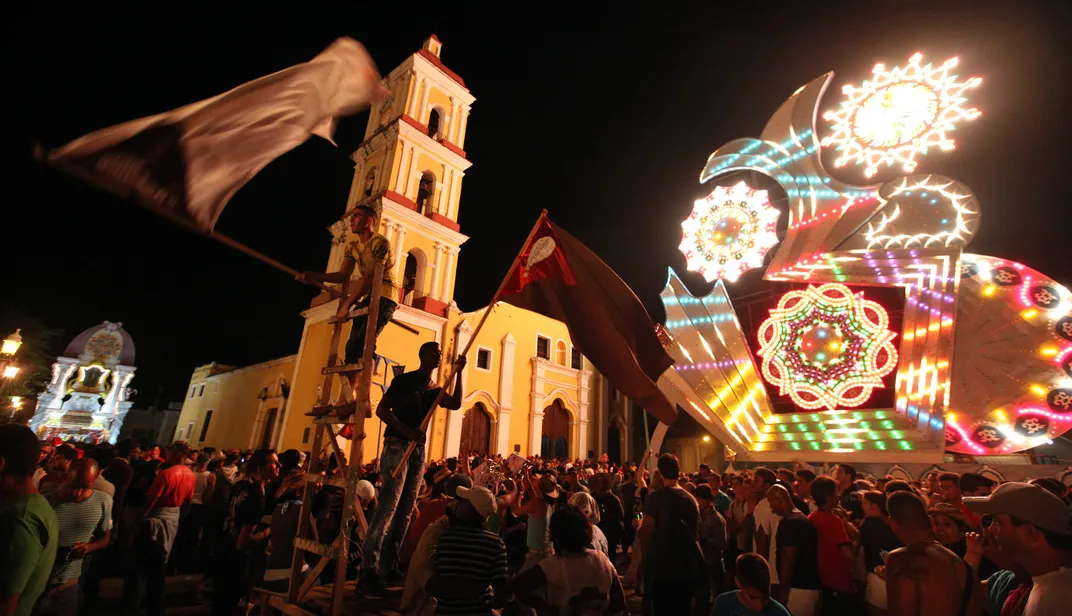
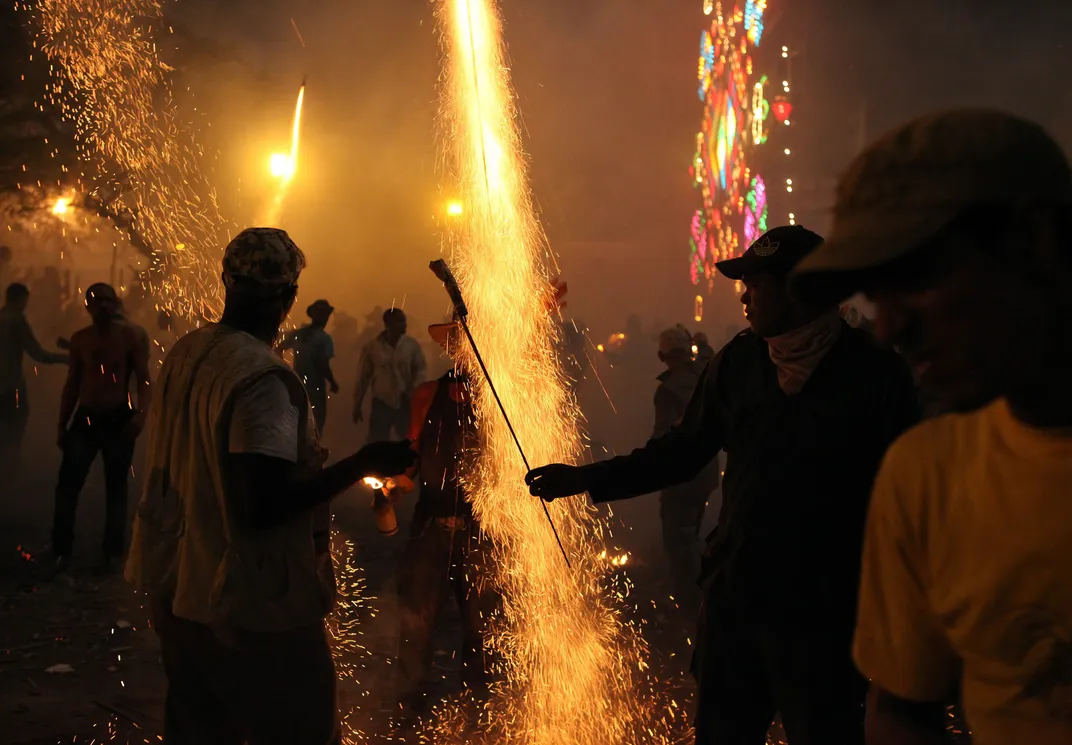
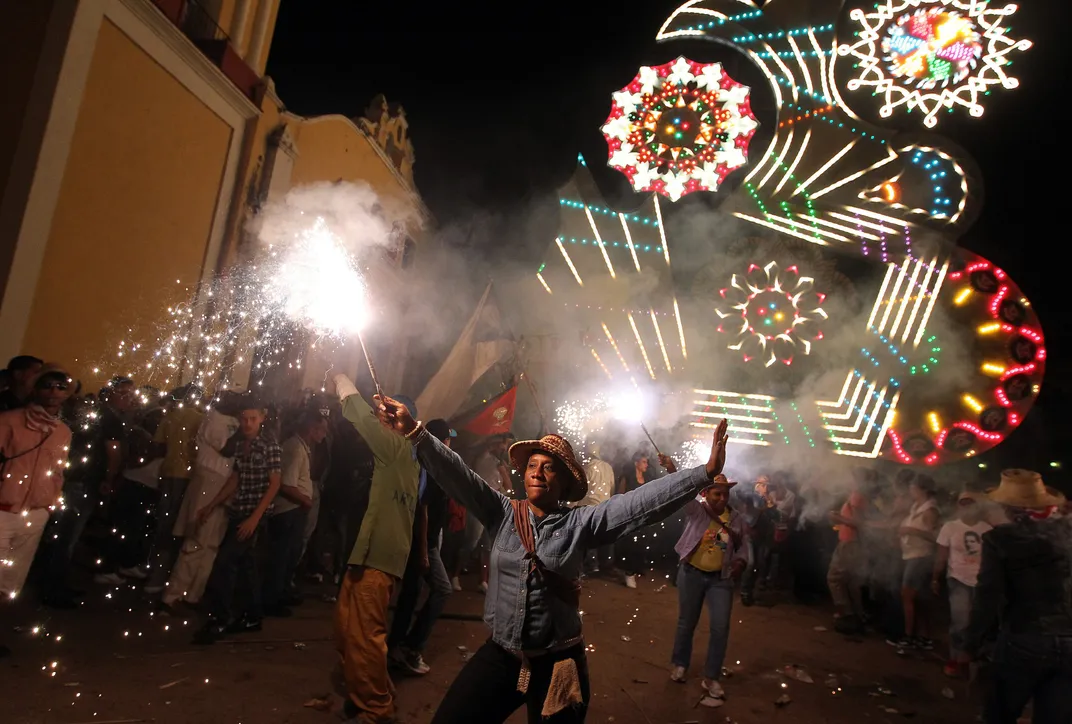
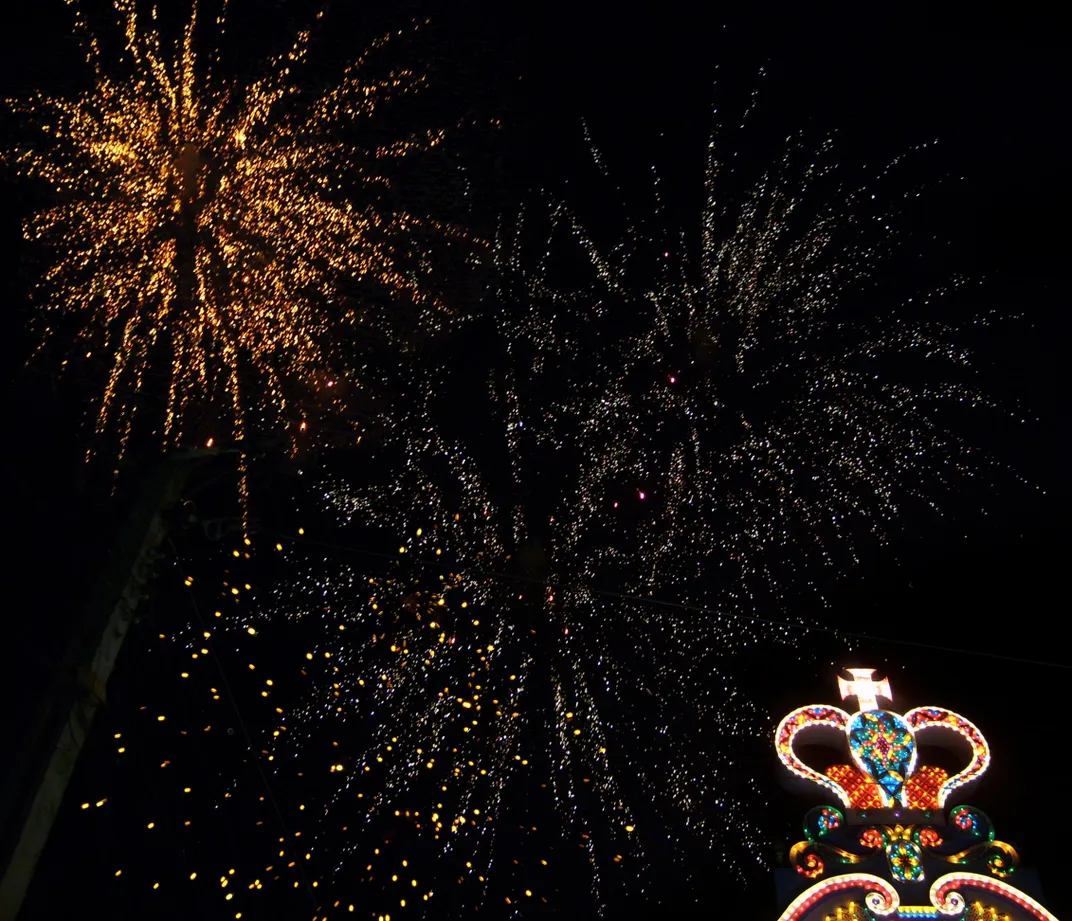
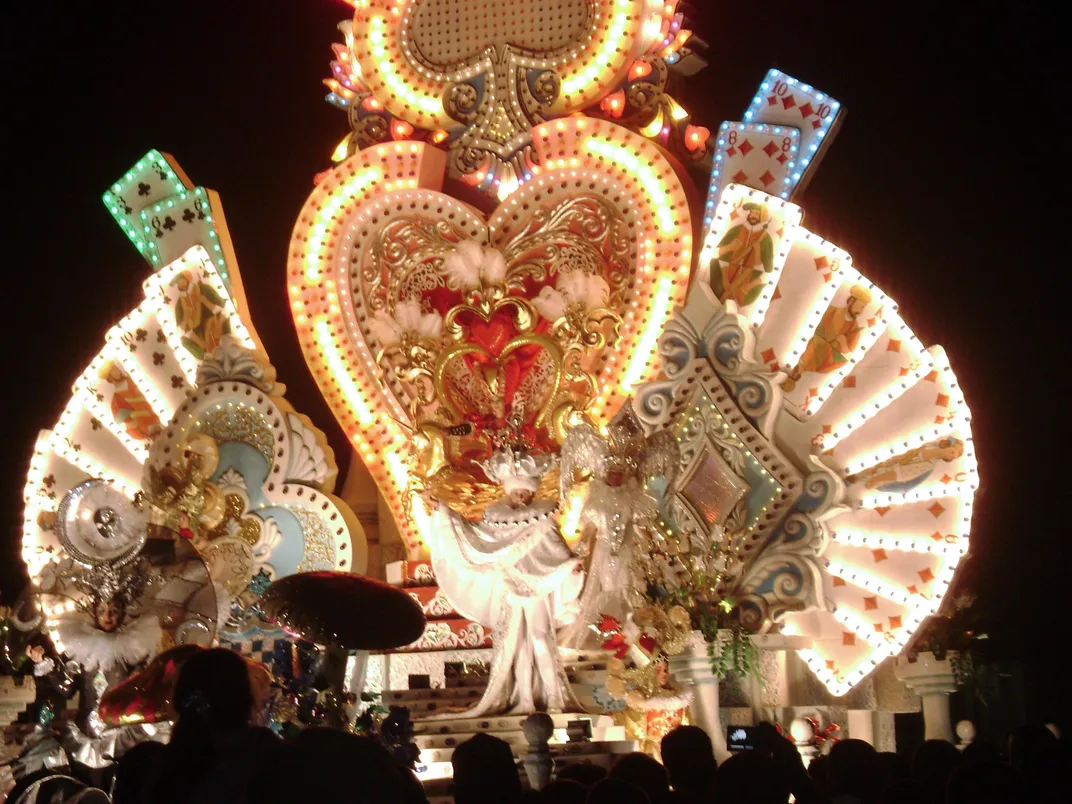
/https://tf-cmsv2-smithsonianmag-media.s3.amazonaws.com/accounts/headshot/natasha-geiling-240.jpg)